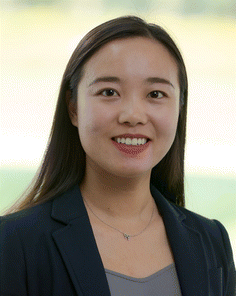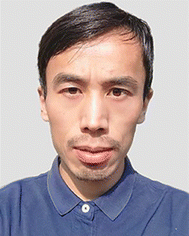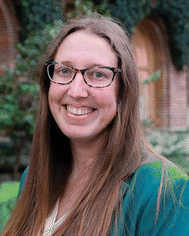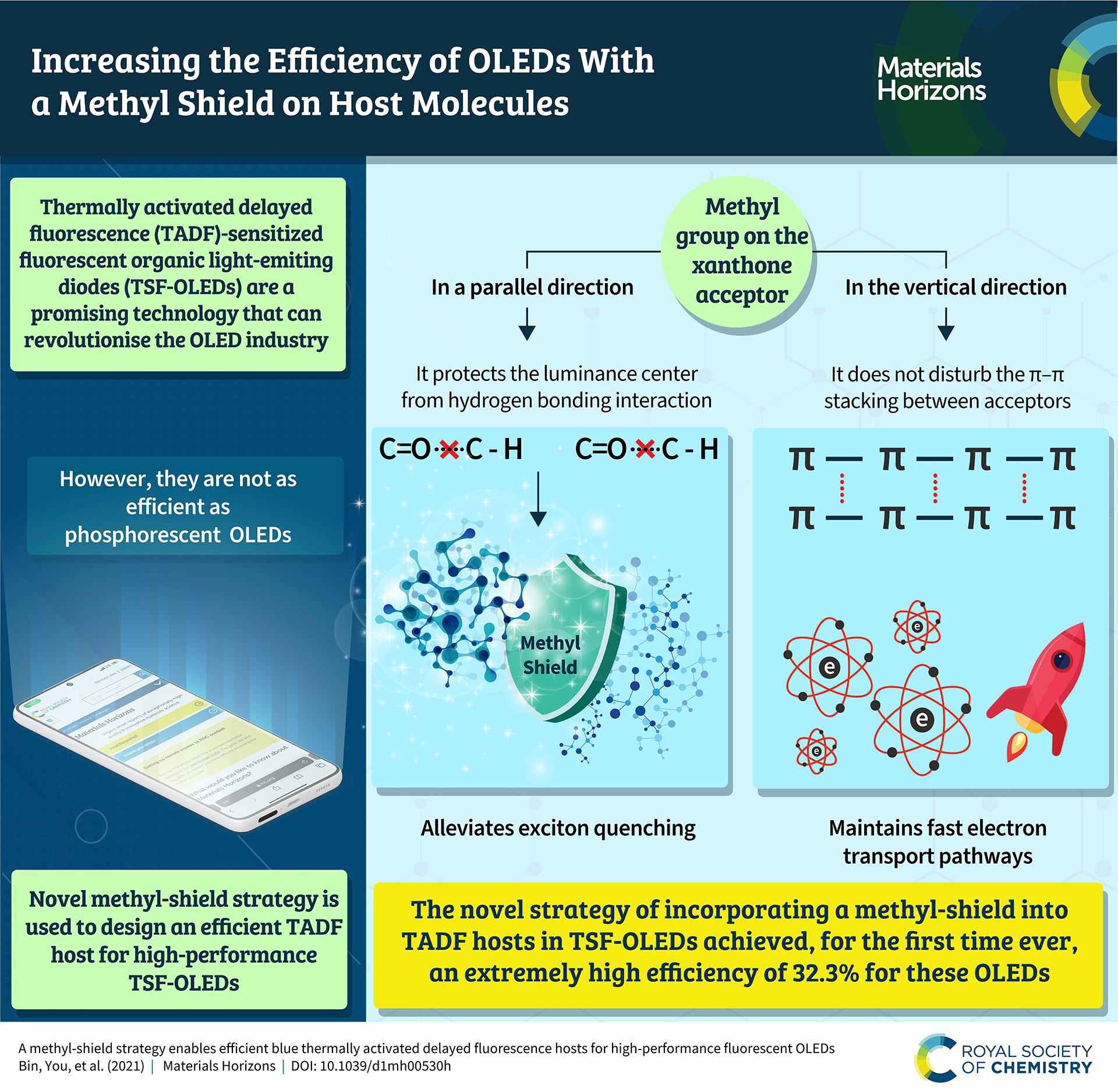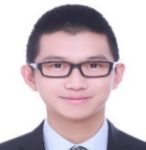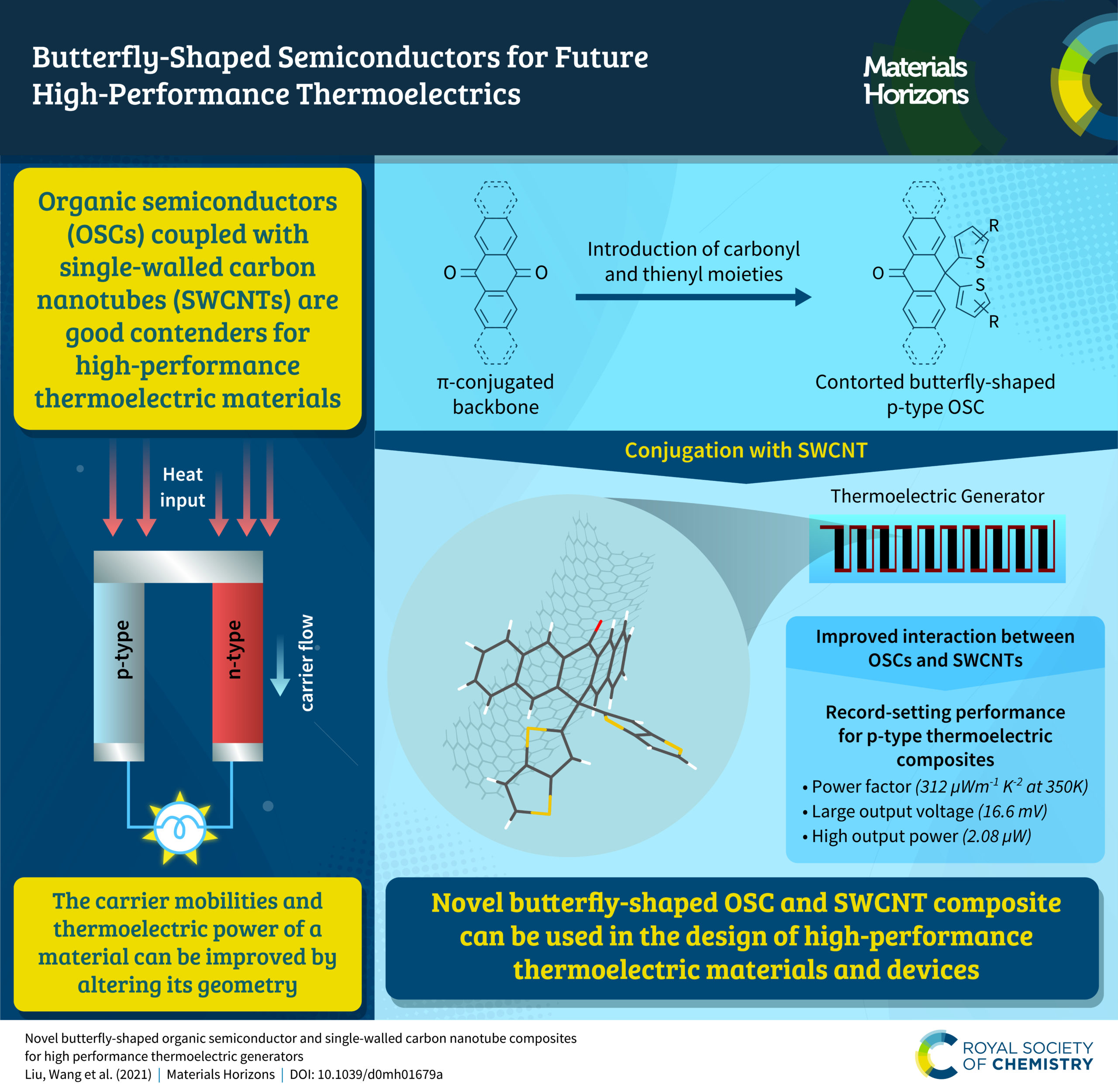Materials Horizons Emerging Investigators Series
Discover our featured authors in 2024 and 2025
Since the launch of Materials Horizons, the journal has had a clear vision to publish exceptionally high-quality work whilst acting as a resource to researchers working at all career levels. We continue to be impressed by the quality of the research published and at the same time are looking for new ways of recognising and promoting the outstanding authors behind articles published in the journal.
The Materials Horizons Emerging Investigators Series started in 2020 and showcases early-career researchers who have published exceptional work in the journal. For each issue of the journal, the Editorial Office and Editorial Board select an Emerging Investigator from a pool of eligible authors, highlighting the researcher and their recently published work in an interview Editorial.
Discover our 2024 and 2025 Emerging Investigators

Find a selection of featured Emerging Investigators and read their Materials Horizons research below:
 |
Dr Katharina Ehrmann, Institute for Applied Synthetic Chemistry, Technische Universität Wien, Austria
Read the Emerging Investigators article: Florian Mayer, Dominik Laa, Thomas Koch, Jürgen Stampfl, Robert Liska and Katharina Ehrmann Mater. Horiz., 2025,12, 1494-1503 (Open Access)
|
 |
Professor Pengfei Cao, Beijing University of Chemical Technology, China
Read the Emerging Investigators article: Youjia Zhang, Tianhui Cheng, Shilun Gao, Hang Ding, Zhenxi Li, Lin Li, Dandan Yang, Huabin Yang and Peng-Fei Cao Mater. Horiz., 2025,12, 1189-1199
|
 |
Dr Guang Yang, Oak Ridge National Laboratory (ORNL), USA
Read the Emerging Investigator Series article: Effects of catholyte aging on high-nickel NMC cathodes in sulfide all-solid-state batteries Yuanshun Li, Yukio Cho, Jiyu Cai, Chanho Kim, Xueli Zheng, Wenda Wu, Amanda L. Musgrove, Yifeng Su, Robert L. Sacci, Zonghai Chen, Jagjit Nanda and Guang Yang Mater. Horiz., 2025,12, 119-130 |
 |
Dr Dana Alsulaiman, KAUST, Saudi Arabia
Read the Emerging Investigator Series article: Muhsin Ali, Erol Hasan, Sharat Chandra Barman, Mohamed Nejib Hedhili, Husam N. Alshareef and Dana Alsulaiman Mater. Horiz., 2024,11, 5045-5057 |
We hope you have enjoyed finding out more about our Emerging Investigators. If you are an independent early-career researcher within 10 years of your PhD or within 5 years of your independent position, submit your best primary research to Materials Horizons to be considered in the Emerging Investigator Series. More information about our eligibility and selection process can be found in this introductory editorial.











